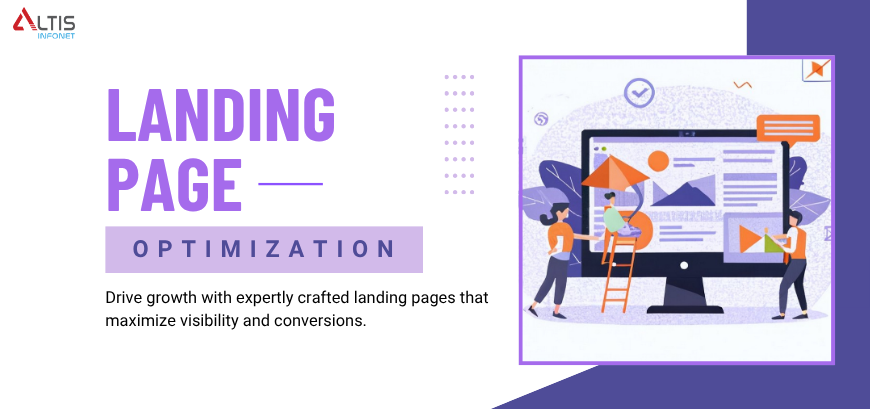Understanding GCLID
The Google Click Identifier (GCLID) is a unique tracking parameter that is automatically appended to URLs whenever a user clicks on a Google Ad. This identifier serves as a critical mechanism for tracking and measuring the effectiveness of advertising campaigns, allowing advertisers to accurately attribute conversions, actions, and user interactions back to specific campaigns, ad groups, and even individual keywords.
By leveraging Google Click Identifier, advertisers can gain deep insights into the customer journey, including how users interact with ads, navigate websites, and complete conversion actions. This data is invaluable for optimizing advertising strategies, improving ad targeting, adjusting bidding strategies, and refining overall marketing efforts.
Google Click Identifier not only helps in tracking performance but also provides the foundation for creating more efficient, data-driven marketing campaigns that are aligned with business goals. Its role is vital in enabling advertisers to make informed decisions, maximize ROI, and continually enhance the effectiveness of their Google Ads campaigns.
Key Benefits of GCLID
- Precise Attribution: Google Click Identifier ensures that conversions are accurately attributed to the correct campaigns and keywords, providing valuable insights into marketing effectiveness.
- Enhanced Campaign Optimization: By understanding which campaigns and keywords are driving conversions, advertisers can allocate budgets more efficiently and improve overall performance.
- Cross-Device Tracking: Google Click Identifier can be used in conjunction with other tracking methods to track users across multiple devices, providing a more comprehensive view of the customer journey.
- Integration with Google Analytics: Google Click Identifier data can be easily integrated with Google Analytics, allowing for deeper analysis and insights into user behavior.
How GCLID Works
When a user clicks on a Google ad, Google Click Identifier is added to the landing page URL. This allows Google to track the user’s journey and attribute conversions to the specific ad and keyword that initiated the click. GCLID data can be used to measure various metrics, such as click-through rates, conversion rates, and cost per acquisition (CPA).
Mastering GCLID: Best Practices
- Implement GCLID Tracking: Ensure that Google Click Identifier tracking is properly implemented on your website or landing pages. This involves adding the Google Click Identifier parameter to your URLs or using a tag management system like Google Tag Manager.
- Set Up Conversion Tracking: Define your conversion goals and implement conversion tracking code on your website. This will allow you to measure the effectiveness of your campaigns and attribute conversions to specific Google Click Identifier parameters.
- Utilize GCLID in Google Analytics: Integrate Google Click Identifier data with Google Analytics to gain deeper insights into user behavior, conversion paths, and campaign performance. Use custom dimensions and metrics to track specific data points related to your Google Click Identifier parameters.
- Analyze GCLID Data: Regularly analyze Google Click Identifier data to identify trends, patterns, and areas for improvement. Use tools like Google Ads and Google Analytics to visualize and understand your data.
- Optimize Campaigns Based on GCLID Insights: Use the insights gained from GCLID data to optimize your campaigns. This might involve adjusting bids, targeting, or creative elements to improve performance.
- Address GCLID Challenges: Be aware of potential challenges, such as cookie limitations, cross-device tracking difficulties, and data privacy concerns. Implement strategies to mitigate these challenges and ensure accurate tracking
Advanced GCLID Techniques
- Cross-Device Tracking: Leverage techniques like Google Signals and User-IDs to track users across multiple devices and attribute conversions accurately.
- Data Modeling: Use data modeling techniques to predict user behavior and optimize your campaigns based on future trends.
- Custom Dimensions and Metrics: Create custom dimensions and metrics in Google Analytics to track specific data points related to GCLID and your business goals.
- Integration with Other Tools: Integrate GCLID data with other marketing tools, such as CRM systems or email marketing platforms, for a more comprehensive view of your customers.
Conclusion
Mastering GCLID is essential for advertisers looking to optimize their Google Ads campaigns and achieve maximum ROI. By understanding how GCLID works, implementing best practices, and leveraging advanced techniques, you can gain valuable insights into your customers’ journeys and make data-driven decisions to improve your marketing efforts.
Seeking an Outcome-Oriented Digital Marketing Firm?
Altis Infonet Pvt Ltd is a Web Development and Digital Marketing company with a focus on client servicing through knowledge-based solutions. Our team of experts will help make your digital dreams come true!





